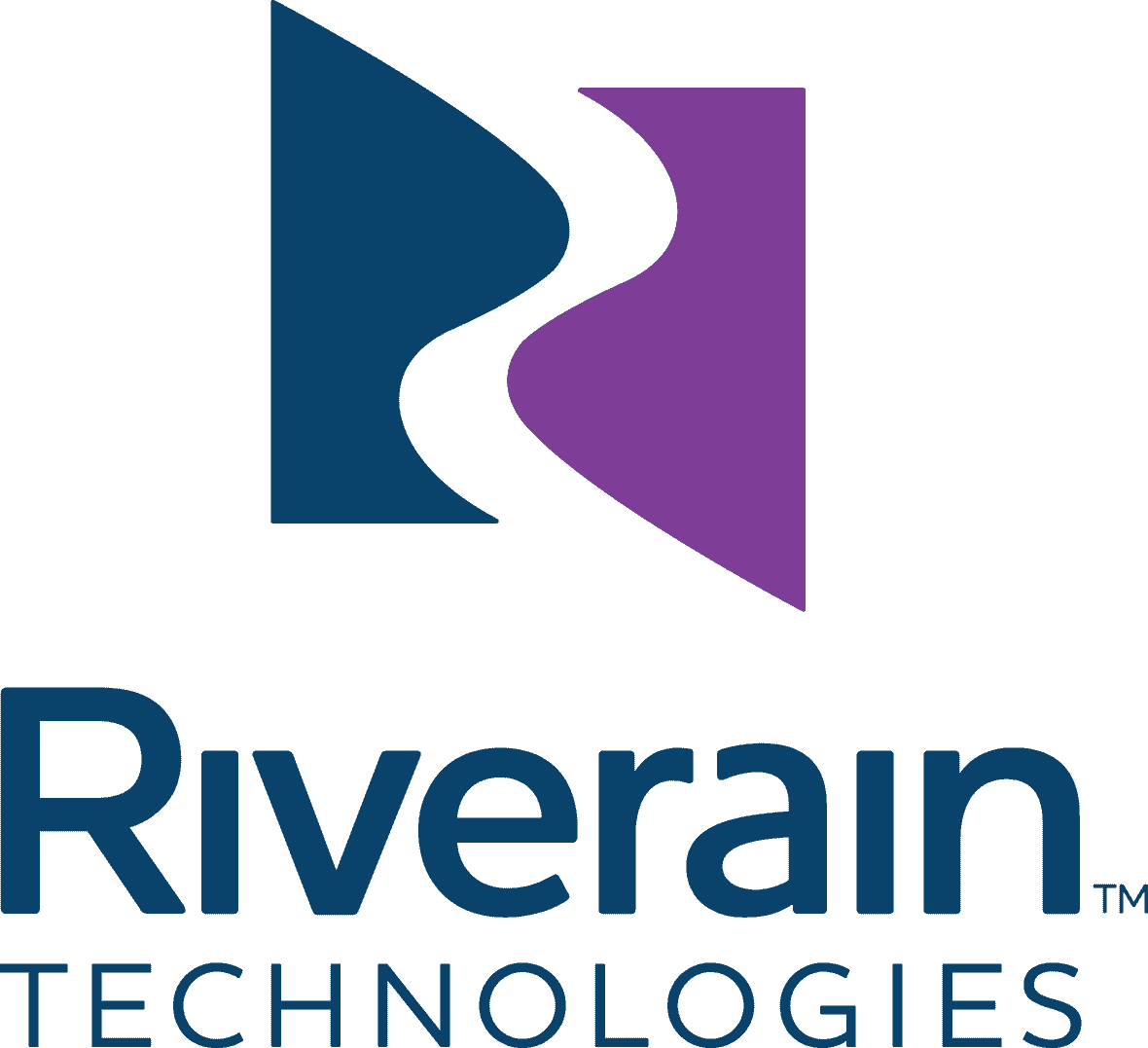|
Is AI Funding on Track? | End-to-End LVO
September 28, 2022
|
|
|

|
|
Together with
|

|
|
|
“Time to get the chamois ready…”
|
|
Stanford’s Curt Langlotz, MD, PhD to a fellow radiologist who offered to wash the car of anyone who develops an AI model that can segment adrenal masses better than a 5th grader.
|
|

|
|
Despite plenty of challenges, imaging AI startups appear to be on pace for another solid funding year, helped by a handful of huge raises and a diverse mix of early-to-mid stage rounds.
So far in 2022 we’ve covered 18 AI funding events that totaled $615M, putting imaging AI startups roughly on pace for 2021’s record-high funding levels ($815M based on Signify’s analysis). Those funding rounds revealed a number of interesting trends:
- The Big Getting Bigger – $442M of this year’s funding (72% of total) came from just four later-stage rounds: Aidoc ($110M), Viz.ai ($100M), Cleerly ($192M), and Qure.ai ($40M), as VCs increasingly bet on AI’s biggest players.
- Rounding Up the Rest – The remaining 14 companies raised a combined $173M (28% of total), with an even mix of Seed/Pre-Seed (4 rounds, $10.5M), Series A (5, $74M), and Series B (5, $89M) rounds.
- VCs Heart Cardiovascular AI – Cardiovascular AI startups captured a disproportionate share of VC funding, as Cleerly ($192M) was joined by Elucid ($27M) and Us2.ai ($15M). Considering that Circle CVI was recently acquired for $213M and HeartFlow has raised over $577M, cardiac AI startups seem to have become imaging AI’s valuation leaders (at least alongside diversified and care coordination AI vendors).
- No H2 Drop-Off (yet) – The funding breakdown between Q1 (6 rounds, $63.5M), Q2 (7, $289M), and Q3 (5, $263M) doesn’t suggest that we’re in the middle of a second-half slowdown… even though we probably are.
The Takeaway
Despite widespread AI consolidation chatter in Q1 and the emergence of economic headwinds by Q2, imaging AI startups are on pace for yet another massive funding year. These numbers don’t reveal how many otherwise-solid AI startups are struggling to secure their next funding round, and they don’t guarantee that funding will also be strong in 2023, but they do suggest that 2022’s AI funding won’t be nearly as bleak as some naysayers warned.
|




|
|
Us2.ai Launches Globally
Us2.ai recently announced the global launch of its flagship echocardiography AI solution, leveraging a new $15M Series A round, and its unique abilities to completely automate echo reporting (complete editable/explainable reports in 2 minutes) and analyze every chamber of the heart (vs. just left ventricle with some vendors).
|
|
Novarad VisAR’s Precision Guidance
Check out this Imaging Wire Show featuring Novarad founder and CEO, Wendell Gibby, MD, exploring Novarad’s technological evolution and how its recent augmented reality expansion is bringing medical imaging into completely new clinical settings.
|
|
- Radiologists’ EHR Satisfaction: A KLAS Arch Collaborative report revealed different physician specialties’ diverse satisfaction levels with their EHRs. Hospital medicine and pediatrics had the highest EHR satisfaction scores (39 & 31pts on 100pt scale), and orthopedics and ophthalmology had the lowest scores (11 & 8pts), while radiology was near the middle of the 26-specialty study (20pts, 15th highest). However, that radiology score might be misleading, noting that rads largely felt that EHRs don’t offer the functionality they need.
- End-to-End LVO AI: A study in the Stroke Journal detailed an AI pipeline that detects LVO and predicts post-treatment outcomes using CTA exams. The researchers trained and tested two deep learning models to detect LVO (n=8,650) and predict patients’ 30-day outcomes following mechanical thrombectomy (n=323), finding that the models were “effective” for both (AUCs: 0.72 & 0.82). However, the authors highlighted the need to improve the detection model’s specificity (61%).
- Even Babies Don’t Like Kale: Obstetric imaging became a mainstream news story this week after researchers released 4D ultrasound images showing fetuses reacting to the taste of different foods. Researchers had pregnant women (32-36 weeks) expose their babies to carrot and kale flavors, finding that fetuses respond with laughing faces to carrots (sweet) and crying faces to kale (bitter), which folks online noted was proof that even babies in the womb don’t like kale.
- Optellum’s Series A: Lung cancer AI startup Optellum raised $14M in Series A funding (total funding now $30M) to help scale its operations in the US and UK, accelerate R&D, and expand its platform to support personalized therapy decisions. This investment adds to Optellum’s recent momentum after achieving an NTAPC reimbursement June ($600-$700 per Medicare use).
- Cancer Deaths Decline: The latest AACR Cancer Progress report shows that cancer deaths in the US have been rapidly declining, with a 2.3% annual decrease every year between 2016 and 2019. Improved treatments, diagnostics, and screening are making a significant impact, as there are now more than 18M cancer survivors in the US (~5% of the population), up from 3M in 1971 (~1.5% of the population).
- HAP & Radiological Group, PA Partner: Radiological Group, PA selected Healthcare Administrative Partners to be its full-service radiology revenue cycle management (RCM) provider, including billing, coding, carrier credentialing, and MIPS Measure Assurance Services. The Mississippi-based radiology practice (four locations, at least 9 radiologists, in business 66-years) highlighted HAP’s organizational fit and its RCM experience in the announcement.
- AI Assisted Anesthesia: The British Journal of Anesthesia highlighted how AI guidance can assist anesthetists who don’t have experience performing ultrasound-guided regional anesthesia. The researchers had 21 anesthetists perform six US-guided peripheral nerve blocks with and without AI support, finding that AI improved their ability to acquire the correct block view (90.3% vs. 75.1%) and accurately identify sono-anatomical structures (88.8% vs. 77.4%).
- Adrenal Gland ML: Boston-based researchers developed an ML algorithm that accurately segments (outlines) and classifies adrenal glands. Using a test set of 991 contrast-enhanced abdominal CTs, the ML model rivaled radiologists’ performance for segmenting normal adrenal glands (median Dice scores: 0.87 vs. 0.89) and adrenal masses (0.85 vs. 0.89). The algorithm differentiated normal adrenal glands and masses in the test set with 69% sensitivity and 91% specificity, marking a notable drop in sensitivity from the development set (83% & 89%).
- Philips FetView: Philips unveiled its new FetView fetal ultrasound image sharing and reporting software. The cloud-based and vendor-neutral platform allows physicians to remotely access ultrasound images, perform reporting, and share images and other information with expectant mothers or other physicians.
- Avicenna Joins deepc Platform: Avicenna.AI and deepc announced the integration of Avicenna’s stroke suite into the deepcOS AI platform. The Avicenna.AI stroke suite includes its CINA-LVO (CTA-based LVO triage), CINA-ICH (CT-based ICH triage), and CINA-ASPECTS (CT-based ischemic stroke severity assessment) solutions. The partnership further expands deepc’s AI portfolio, which now includes at least 21 AI partners, including some leading vendors (e.g. Aidence, Gleamer, Lunit, Qure.ai).
- Accelerating 4D Flow: UK-based researchers demonstrated a new cardiac MRI reconstruction technique (Kat-ARC) that can reduce 4D flow CMR exams from 20 minutes to 8 minutes, while still accurately quantifying transvalvular flow. In the GE and Pie Medical-supported study (n=35), the Kat-ARC technique produced comparable mitral net flow and aortic net flow measurements (60 mL vs. 63 mL), while achieving similar peak aortic valve velocity as doppler ultrasound (1.46 m/s vs. 1.40 m/s).
- Lunit INSIGHT CXR’s Multi-Setting Performance: New research in Clinical Radiology validated Lunit INSIGHT CXR’s ability to accurately detect abnormalities in CXRs performed in different settings. UK-based researchers used Lunit INSIGHT CXR to analyze 1,960 consecutive CXRs referred from primary care offices and emergency departments, identifying 10 common abnormalities with similar accuracy between the two settings (AUROCs: 0.881-0.998 & 0.881-0.999). The only abnormality that INSIGHT CXR detected with different accuracy between the two settings was pleural effusion (0.954 vs. 0.988).
|
|
United Imaging’s Software for Life
Because of United Imaging’s Software Upgrades for Life program, every time United Imaging launches a new solution it can automatically be installed in every compatible system at no cost.
|
|
- Ready for AI to Solve Your Workflow Problems? Enlitic’s Curie|ENDEX application transforms medical imaging data to a standard nomenclature, allowing providers to improve hanging protocol consistency, image routing, and orchestration intelligence.
- Hyperfine’s Swoop Portable MR Imaging System is redefining MR accessibility, but do you know how the Swoop is actually being used? Check out this case study detailing the clinical settings and patient scenarios that the Swoop is supporting today.
- The USPSTF guidelines for lung cancer screening were updated in May 2021, and driving compliance to such guidelines is a long, slow, repetitive process. Because of that, the Riverain team put together a kit to help hospitals and imaging centers educate either referring physicians or patients on the new guidelines either via branded tools or through the media.
- Curious how certain your AI is about its own finding? annalise.ai’s confidence bar displays the likelihood of each finding and the AI model’s level of certainty, helping clinicians perform their interpretations with greater confidence.
- Siemens Healthineers’ AI-powered MR image reconstruction technology, Deep Resolve, allows faster scans without compromising imaging resolution. Check out how Deep Resolve improves workflow efficiency and the patient experience, and view their portfolio of reconstructed scans here.
- Faced with two aging legacy PACS systems, South Jersey Radiology Associates moved to Intelerad’s IntelePACS, allowing its 12 sites to operate as a single, more-efficient entity. See how SJRA has since improved its radiologist efficiency by 8% to 10% and achieved a unified experience across its locations.
- Faced with the task of monitoring the thousands of exams its algorithms analyze each day, Qure.ai leveraged CARPL.ai’s validation workflow to create a real-time performance dashboard. See how they did it here.
- Check out this Change Healthcare video explaining the difference between single-tenant and multitenant cloud architecture, and how multitenant solutions can improve your efficiency and flexibility.
- Canon Medical is making its way through the US on its 2022 Mobile Tour, bringing its products and solutions directly to hospitals and providers in 50 US cities. Tune in to see when Canon is coming to you and watch highlights from its tour stops along the way.
|
|
|
|
|